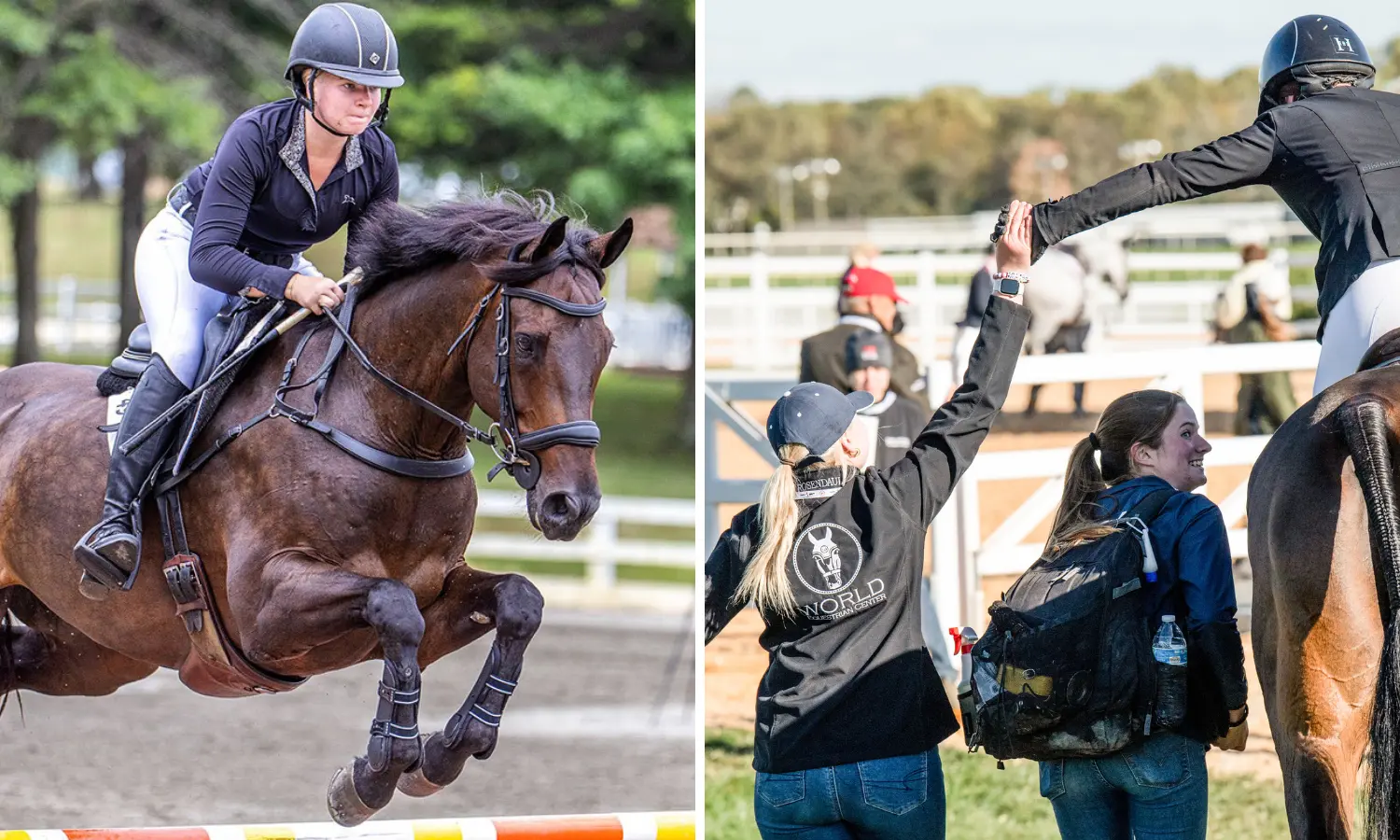Matters of the Heart: Why Training with Heart Rate Helps Every Horse
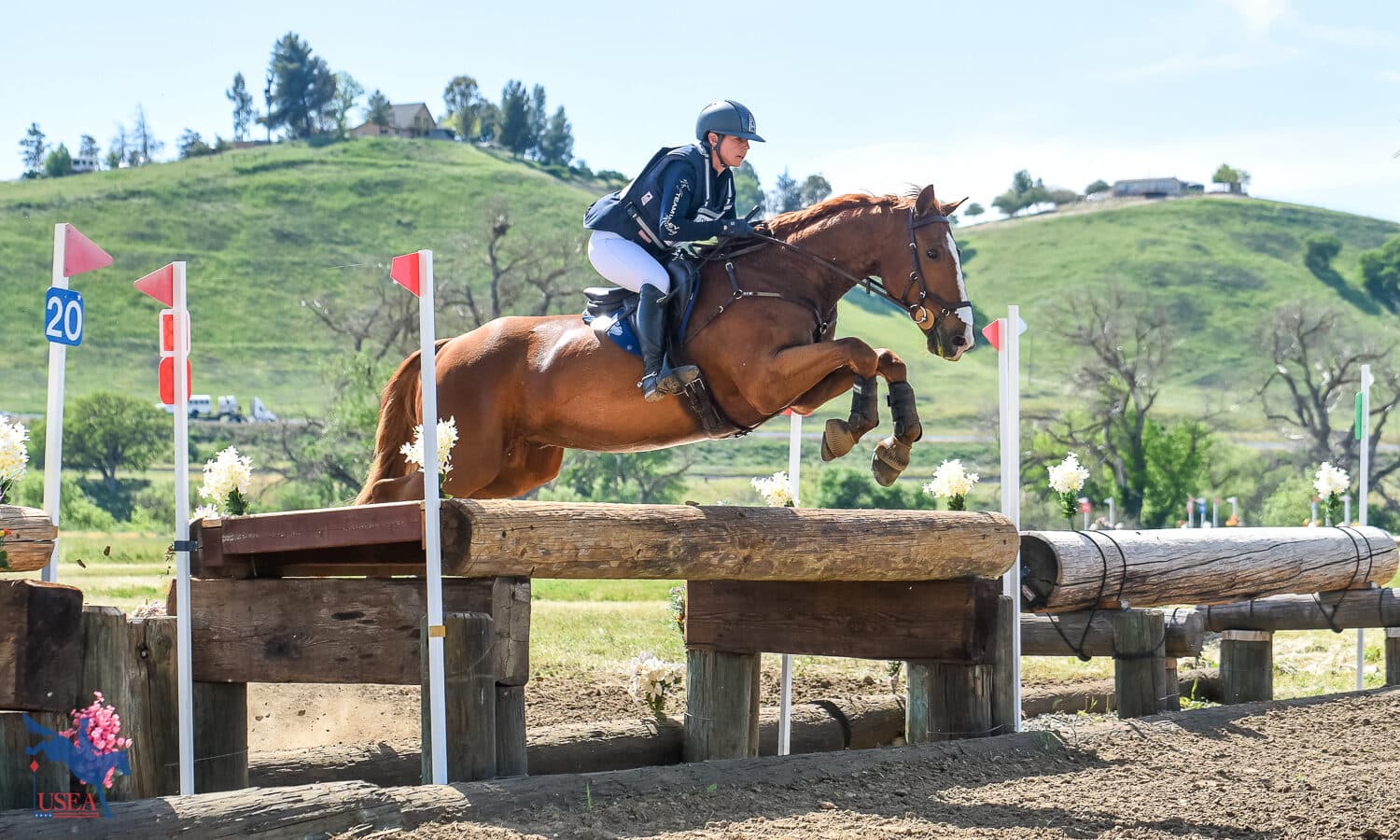
This article originally appeared in the July/August 2019 issue of Eventing USA magazine.
Take a moment, before you dive into this article, to picture the most stoic horse you know. Surely you know the idea well – the horse that never shows pain, doesn’t wear his heart on his saddle pad, that always comes to the ring ready to work.
Now, take a moment to think of the saintly older horse at the barn. The horse that every lesson kid wants to ride, before they graduate to the newer, faster models. The horse who shows a new kid the ropes of eventing for a few months at a time, coming out of semi-retirement long enough to hop around a few Novice level courses.
Finally, picture your horse of a lifetime. For most of us, that one horse is the one we won’t ever forget and won’t ever replace. The horse that took us around our first Preliminary or Advanced course. The horse that earned us our first blue ribbon. The horse that gave us “the bug.”
All three of these horses have one major thing in common: they all deserve to have us, their advocates, looking out for their overall health and well-being. As eventers, we focus heavily on fitness and conditioning, but another element we should be tracking is health.
Monitoring heart rate is useful for both fitness and conditioning as well as keeping a finger on the pulse of your horse’s overall picture of health. Let’s talk about heart rate training and monitoring as it pertains to each of the types of horses exemplified above.
Why It Matters: Stoic Horses
One element of heart rate is that it can often be a sign of an underlying problem well before any other physical symptoms may manifest themselves. This was the case for amateur eventer Tracy Porter, who wasn’t aware that her horse was not quite right until she set foot in the stirrup.
In horses (as well as humans and other animals), an abnormally elevated heart rate can be an indication of pain or stress. For this reason, it’s important to know your horse’s vitals. Make it a habit to take regular measurements of resting heart rate so that any abnormalities become obvious.
Tracking heart rate during work can also help point to anything that might be “off” – and this is what Porter experienced with her off-the-track Thoroughbred, Novel. “The interesting thing is that my stoic horse, who was only a little off, had such a massive jump in heart rate with minimal work,” Porter wrote in an Instagram post explaining her findings.
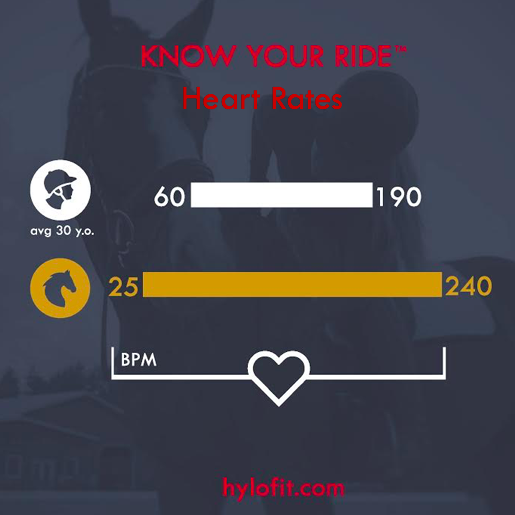
During this ride, Porter’s Hylofit heart monitor tracked both her and her horse’s heart rates. Upon asking Novel to trot, she noticed that his heart rate quickly jumped up over 140 beats per minute. While every horse has different normal ranges, Porter knew this was an unusually high heart rate for simple trot work.
For the horses who don’t always show their pain in the form of lameness, it’s vital to have an eye on other signs of discomfort. In Novel’s case, tracking heart rate enabled Porter to make the best decision, to call it a day when her horse was clearly not feeling his best.
Now think of that stoic, aloof horse in your stable. Think of how beneficial it can be to have an “inside look” at these types of horses, who may not have other ways to tell us that they’re having some trouble.
Why It Matters: The Saintly Lesson Horse
“In all honesty, it’s that horse that’s going around Novice with a kid or the horse packing the amateur around Preliminary that is going to need more fitness than most,” Area VI trainer Shannon Lilley said.
Lilley, who runs the bustling Team Lilley Eventing program out of Bonnydoon, California, agrees that training with heart rate is important for these horses. “They have to make up for more rider mistakes or lack of balance,” she explained. “And so their workload is actually quite high, and they need to have a reasonable amount of fitness to do their jobs safely.”
It seems like a backward concept. Surely the horses galloping around the Advanced or CCI5* tracks need to have intensive fitness and conditioning programs, but the lower level horses? Yes, fitness matters just as much – if not more – for these horses.
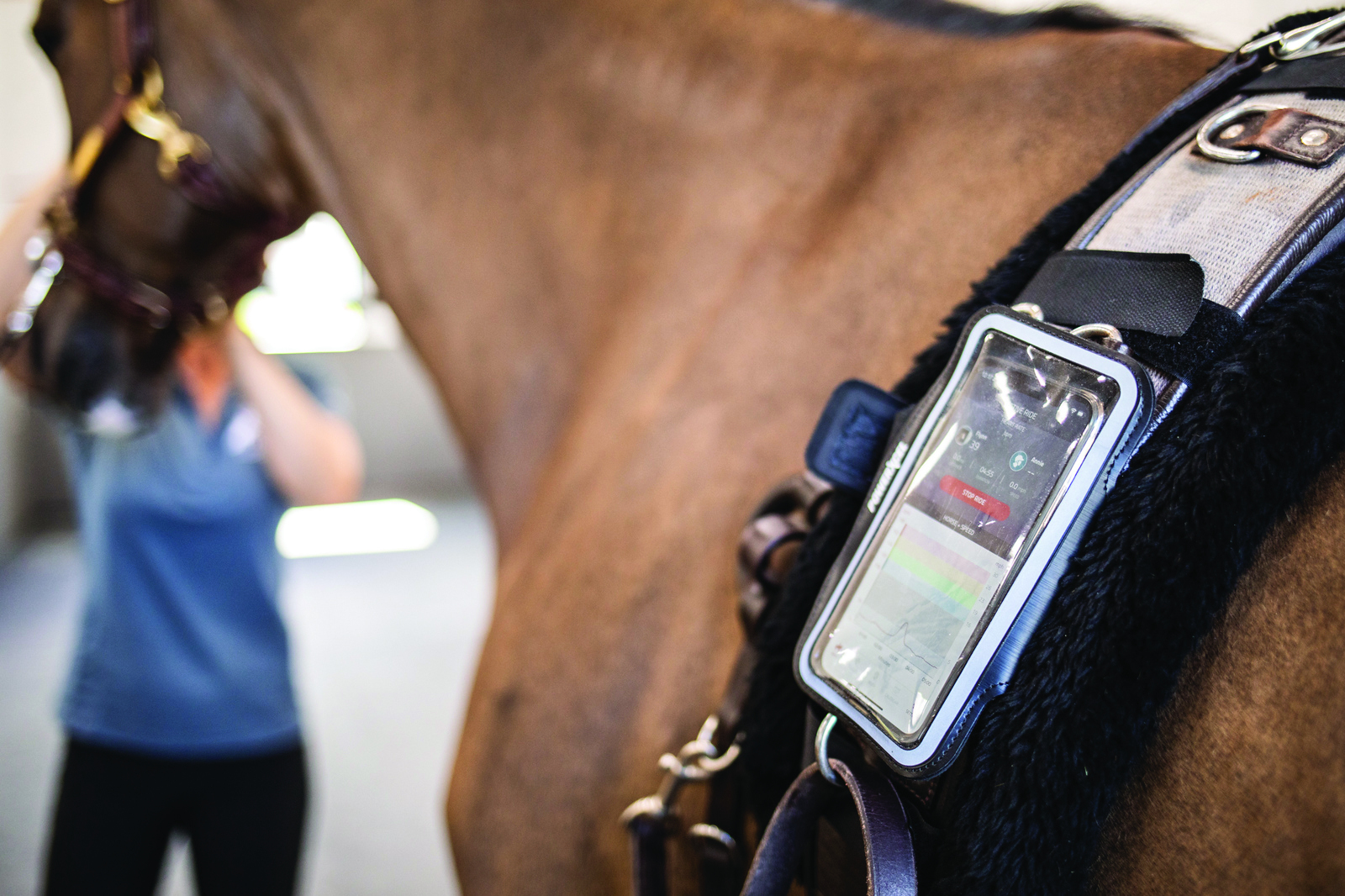
Why is this? Think of the last time you went out for a run. Assuming you aren’t a regular runner, it may seem like no big deal to put in an easy mile jog. And sure, you might complete the run and feel great. But then, the niggling little injuries that have plagued you throughout your life begin to rear up.
Shin splints. Side stitches. Muscle cramps. All of these can be the result of improper conditioning for running.
This same concept can be applied to your horse. The horse who is pulled out of semi-retirement to canter around the Beginner Novice with a green bean kid in the irons may not have miles of terrain to gallop across or massive jumps to clear, but he may find his work to be challenging for his fitness level.
Training with heart rate comes in handy in this scenario. By taking regular resting and working heart rate measurements, as well as monitoring other vitals such as respiration and temperature, trainers can feel more peace of mind that their old faithful campaigner is not going the way of the stoic horse and hiding any discomfort or injury.
Why It Matters: The Competition Horse
And finally, what is likely the most obvious scenario involving heart rate training: the competition horse.
Eventing is not a sport for the faint of heart. In order to find any fragment of success in this sport, the rider and the horse both must be dedicated to their training. Galloping at any speed for a prolonged amount of time can be taxing, and it’s unreasonable to expect our horses to be fit without ourselves having a base of fitness as well.
Training with heart rate should be an integral part of any competitive rider’s routine, no matter what the level is.
For humans, fitness is often indicated by a low resting heart rate. For horses, however, this concept is a bit different. Instead of a low resting heart rate (horses’ hearts usually rest between 25-40 bpm), fitness is indicated by quicker heart rate recovery. A horse who is fit should see their heart rate drop back down to around 100 bpm after a minute or so.
However, it’s important to remember that every horse is unique. A standardized measurement or baseline can only tell so much about each individual horse. This is why it’s a good idea to track heart rate regularly so that you can know what is normal and what is abnormal for your horse specifically.
For the competition horse, training with heart rate provides more insight on what’s working in a rider’s program. Perhaps the heart rate data will show that the horse is not actually getting as strong of a workout from the conditioning program he is currently on. Or perhaps it will show that a specific horse isn’t benefiting as much from a set program. All of these nuances are difficult to monitor without help, which is where a heart rate monitor comes in handy.
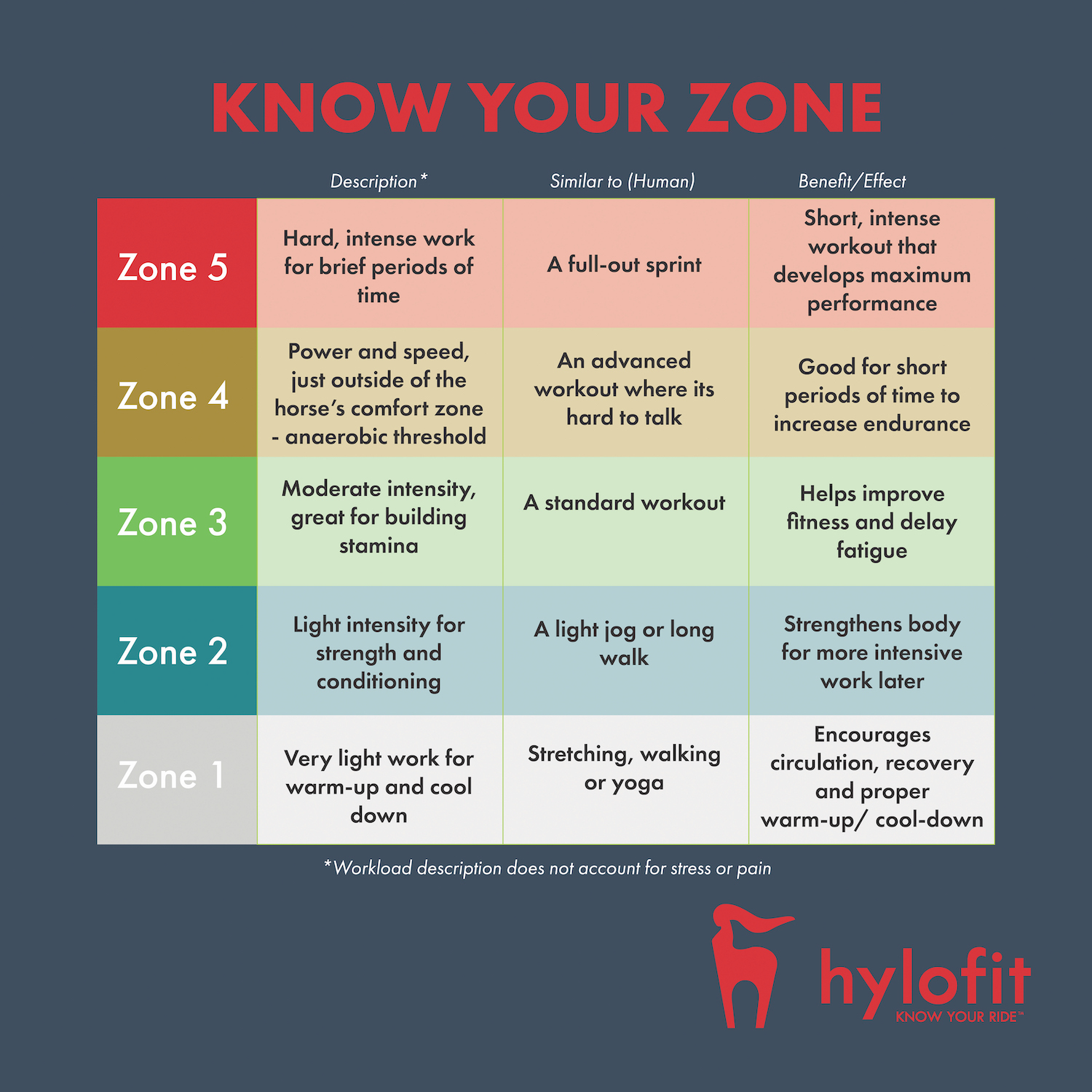
Competition horses can also benefit from zone training (similar to interval training for humans), which adds in a degree of variability that can bolster cardiovascular fitness. Knowing which zone a horse’s heart rate is in during work is useful for cross-training.
After all, you wouldn’t want to do the same thing every day in the gym, would you? Variety is necessary for progress. The ability to train with heart rate zones encourages variability in training while making it simple to monitor the results of such a program.
Fitness is an element of eventing that all event riders should be familiar with. Heart rate training makes this element easier to fine tune. But remember: it isn’t just about how hard you can train. Sometimes, that inside look using data can point to other things that may be affecting your horse’s overall health and happiness.
We are advocates for our horses. As eventers, we know how difficult and unforgiving this sport can be. Having information empowers us to make decisions and gives our horses a voice that they otherwise would not have.
Did you enjoy this article? Want to receive Eventing USA straight to your mailbox? Members receive Eventing USA as part of their USEA Membership or you can purchase individual issues from the USEA Shop.



